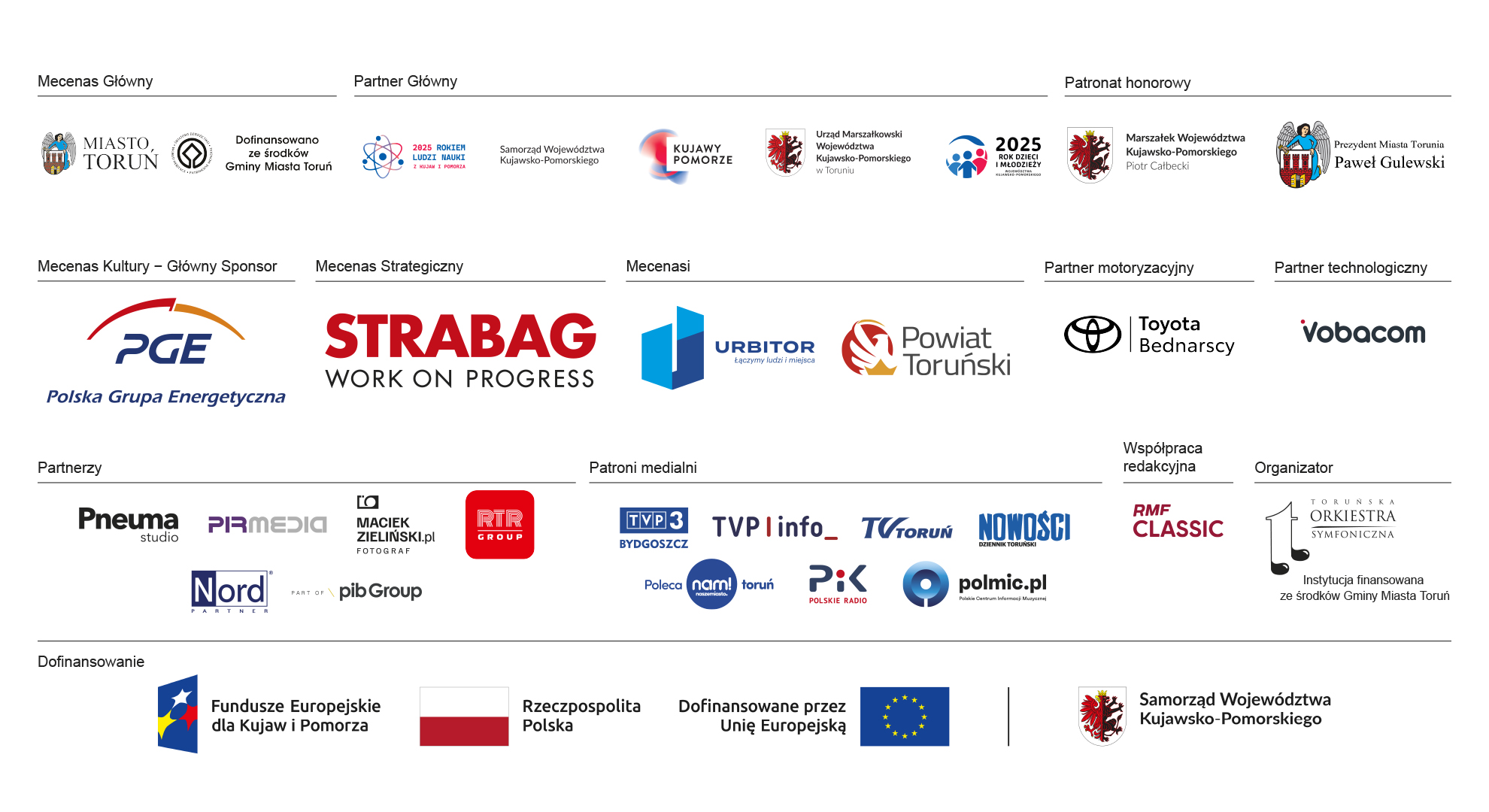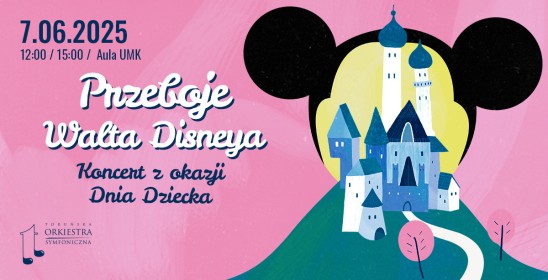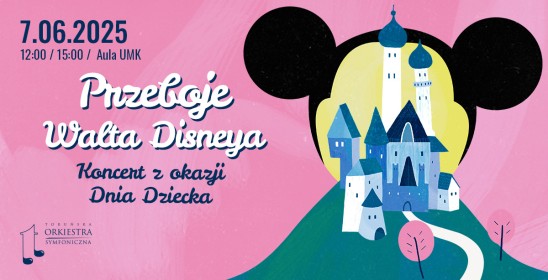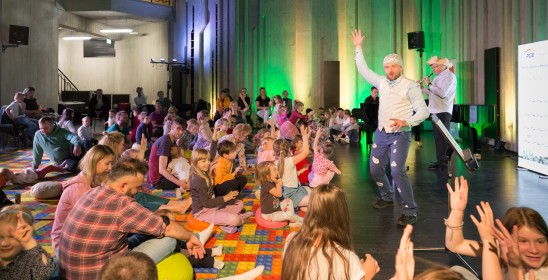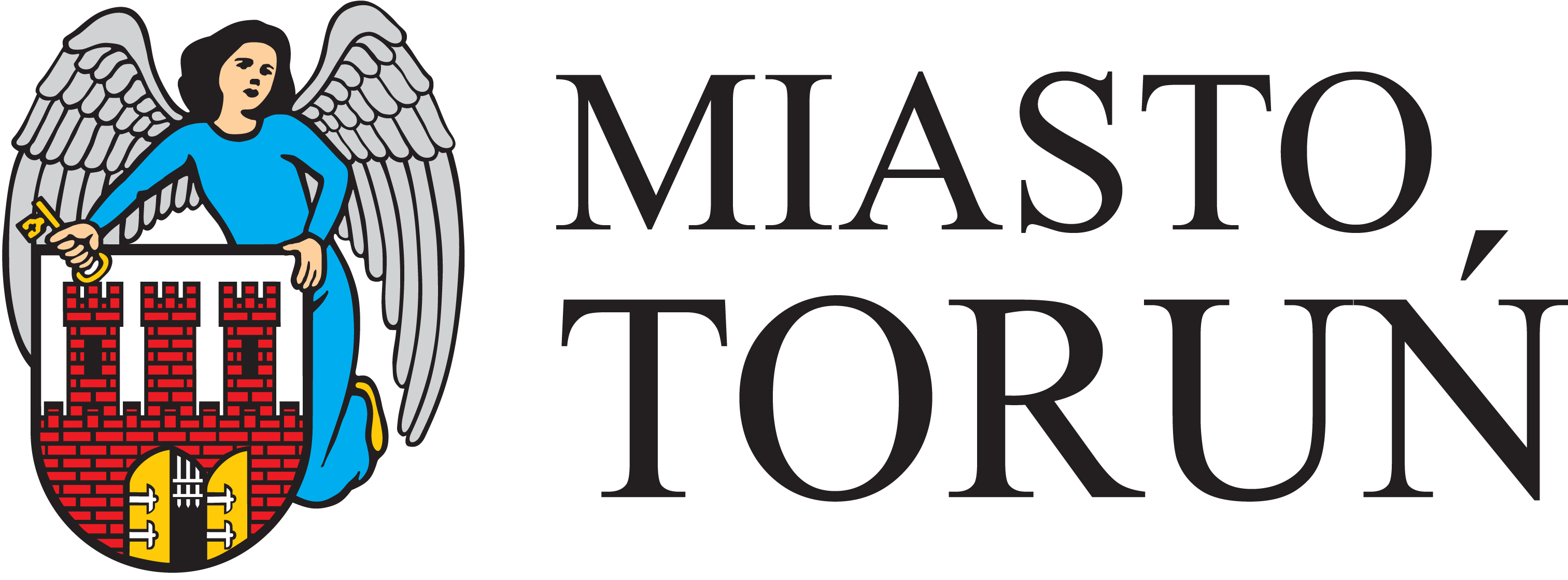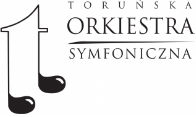Smyczki po mistrzowsku
Neuma Quartet:
- Sławomira Wilga - violin
- Michał Nowak - violin
- Nela Zaforemska – viola
- Agata Nowak – cello
- Gabriela Ułanowska - host
Programme:
- Ludwig van Beethoven – String quartet in D major Op. 18 No. 3
- Robert Schumann - String quartet in A major Op. 41 No. 3
- Bela Bartok - String quartet No. 3
The concert programme features three remarkable string quartets by composers from distinctly different eras: Ludwig van Beethoven, a Classical master and forerunner of Romanticism; Robert Schumann, a quintessential Romantic; and Béla Bartók, a pioneering voice of 20th-century music. In 2025, we mark several important anniversaries: the 255th anniversary of Beethoven’s birth, the 215th of Schumann’s, and the 80th anniversary of Bartók’s death.
There is a fascinating story behind the creation of Beethoven’s String Quartet in E-flat major Op. 127 no. 12. The work was commissioned by Prince Nicolas Galitzin, a wealthy Russian aristocrat and devoted admirer of Beethoven’s music. Galitzin’s commission ended a ten-year period during which Beethoven had not written a single quartet. Yet despite the prince’s enthusiasm, the composer delivered the piece over a year late—his attention diverted by the monumental task of composing the Ninth Symphony. By this time, Beethoven was completely deaf, so he visually monitored the string parts to shape tempo, articulation, and dynamics.
The premiere of the String Quartet in E-flat major Op. 127 no. 12 took place in 1825. The performance, given by the Schuppanzigh Quartet, was poorly received—perhaps unsurprisingly, as the ensemble had only two weeks to prepare. Joseph Böhm, the first violinist of the Böhm Quartet, later recalled: “When Beethoven found out about this – because he was not present at the performance – he flew into a rage and made it clear to both the performers and the audience what he thought of it.”
Fortunately, later performances were far more successful, and the quartet has since become a staple of the chamber repertoire.
In Przewodnik po Muzyce Kameralnej (Guide to Chamber Music), musicologist Danuta Gwizdalanka describes the opening Maestoso as “majestic, filled with richly resonant chords”. The lyrical Allegro teneramente is strikingly gentle for a string quartet. The second movement consists of six contrasting variations, ranging from subdued to impassioned. The third movement follows without pause—an unconventional, almost galloping scherzo that brims with vitality.
The finale continues to surprise: at times, thanks to Beethoven’s ingenious use of open strings and resonant harmonies, it may sound as though more than four musicians are playing on stage.
Robert Schumann composed his string quartets during a period of declining health, plagued by auditory hallucinations, anxiety, and chronic insomnia. Despite these challenges, he worked with remarkable intensity, and his String Quartet in A major Op. 41 No. 3 is widely regarded as the finest of the three works in the Op. 41 cycle. It was composed in July 1842. The first movement unfolds in a lyrical, romantic mood. In contrast, the second movement is emotionally turbulent, marked by constant shifts in dynamics that heighten the atmosphere of anxiety. The third movement stands out for its simplicity of form yet contains moments of dramatic tension. The finale, rhythmically and technically reminiscent of the second movement, features a particularly striking detail: a slightly altered quotation from the Gavotte in J. S. Bach’s French Suite No. 6.
The most modern piece in the programme is the String Quartet No. 3 by Béla Bartók, the influential Hungarian composer considered one of the defining voices of 20th-century music. Completed in 1927, the work earned first prize at the Musical Fund Society competition in Philadelphia, where Bartók shared the honour with Italian composer Alfredo Casella. He dedicated the quartet to the society in gratitude.
The piece received its Warsaw premiere in 1931, sparking heated reactions. One particularly scathing review came from S. Niewiadomski, who wrote: “It is terribly ugly, and one can listen to it with the same aesthetic interest with which we watch a chimpanzee, which is a caricature of a human being. For the quartet is not music, but only a caricature of it.” Quite intriguing, isn’t it? And yet, another voice offered a dramatically different view. Philosopher and music critic Theodor W. Adorno described it as “undoubtedly Bartók’s best work to date”.
Bartók’s third Quartet is certainly unconventional. Structured as a single continuous movement divided into four interconnected sections, it showcases a vast array of tonal colours and textures. At times, the music is fierce and primal, driven by Bartók’s fascination with Hungarian folk traditions.
Adding to its distinctive voice is Bartók’s use of extended techniques that were highly innovative for their time: sul ponticello (bowing near the bridge), col legno (striking the strings with the wooden part of the bow), glissando (sliding between pitches).
Three distinct works by three masters of classical music will be performed by the Neuma Quartet, an ensemble that has been steadily gaining recognition on both the Polish and international music scenes since its formation. The quartet comprises: Sławomira Wilga – violin, Michał Nowak – violin and concertmaster of the Toruń Symphony Orchestra, Nela Zaforemska – viola, Agata Nowak – cello.
The group’s artistic journey began with a remarkable collaboration: a concert with Leonora Armellini, winner of the 18th International Frederic Chopin Piano Competition. This performance — the opening event of the 21st Kiejstut Bacewicz International Chamber Music Competition in 2022 — proved to be the catalyst for the quartet’s formation. From the outset, the ensemble set a clear artistic mission: to explore the rich depths of chamber music literature and share it with audiences at the highest level of performance.
Since its debut, the Neuma Quartet has continued to evolve and refine its sound, a development reflected in a growing list of accolades. In 2023, the ensemble won third prize and two special awards at the 1st Karol Szymanowski International Music Competition in Katowice and reached the semi-finals of the prestigious Carl Nielsen International Competition. The year prior, it was awarded the Grand Prix at the Beethoven International Competition.
The Neuma Quartet’s musical sensitivity has also drawn the attention of leading European festivals and organisations. The ensemble has been invited to perform at renowned events such as Musethica International, Crans-Montana Classics in Switzerland (where they studied and performed alongside the Jerusalem Quartet), Schleswig-Holstein Musik Festival and Zeist Music Days Festival & Masterclass.
Though the quartet performs for a wide-ranging audience, its commitment to music education and outreach is especially notable. The artists are deeply engaged in projects aimed at young listeners, guided by the belief that music — like conversation — can foster connection, inspire creativity, and nurture emotional awareness in the next generations.
Mecenas Główny: Miasto Toruń
Partner Główny: Samorząd Województwa Kujawsko-Pomorskiego
Dofinansowano z Funduszy Europejskich
Patronat honorowy: Marszałek Województwa Kujawsko-Pomorskiego Piotr Całbecki, Prezydent Miasta Torunia Paweł Gulewski
Mecenas Kultury - Główny Sponsor: PGE Polska Grupa Energetyczna S.A.
Mecenas Strategiczny: Strabag Sp. z o.o.
Mecenasi: Urbitor Sp. z o.o., Starostwo Powiatowe w Toruniu
Partnerzy: Pneuma Jarosław Pawlicki, Pirmedia Sp. z o.o., BJJ Maciej Zieliński, RTR Group Sp. z o.o.
Partner motoryzacyjny: Toyota Bednarscy
Partner technologiczny: Vobacom Sp. z o.o.
Patronat medialny: TVP3 Bydgoszcz, TV Toruń, Nowości - Dziennik Toruński , Toruń Nasze Miasto, Polskie Radio PiK, POLMIC
Współpraca redakcyjna: RMF Classic
Organizator: Toruńska Orkiestra Symfoniczna
